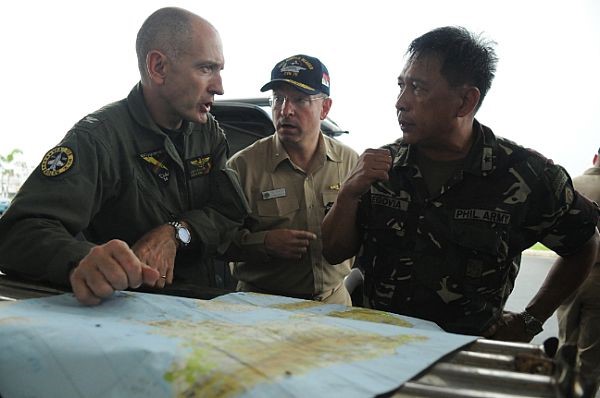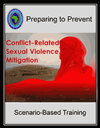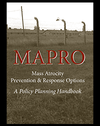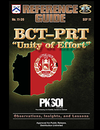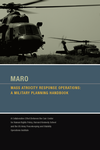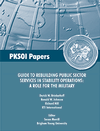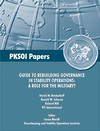New JKO Course Now Available: Stabilization 101
The Security Force Assistance and Stability Integration Directorate (SFASID) is excited to announce the launch of J3O P-US900-Stabilization 101 on Joint Knowledge Online (JKO)!
This new, 2-hour self-paced course provides a vital introduction to the complex world of stabilization activities undertaken by U.S. joint forces. It’s designed to familiarize personnel with how we work alongside other agencies to create and maintain safe, secure environments and deliver essential services – everything from emergency infrastructure reconstruction to humanitarian relief.
The course walks through the key joint stability functions, offering a comprehensive overview of areas like security, foreign humanitarian assistance, economic revitalization, establishing the rule of law, supporting good governance, and fostering security cooperation. It’s built around the foundational principles outlined in Joint Publication 3-07 Joint Stabilization Activities, giving the student a solid understanding of the doctrine guiding these operations.
This course is for everyone. Whether you’re directly involved in stability operations or provide supporting functions, a foundational understanding of these concepts is critical.
Enrollment is now open to all CAC holders on JKO! You can self-enroll directly through the First Come, First Serve waitlist – no approval needed.
Find the course here: https://jkodirect.jten.mil/Atlas2/page/desktop/DesktopHome.jsf#
We believe this course will significantly contribute to building a more capable and integrated force prepared to address the challenges of a complex world. We strongly encourage all personnel to take advantage of this valuable training opportunity.
Contact: SFASID (Reach out through your normal channels if you have questions)



